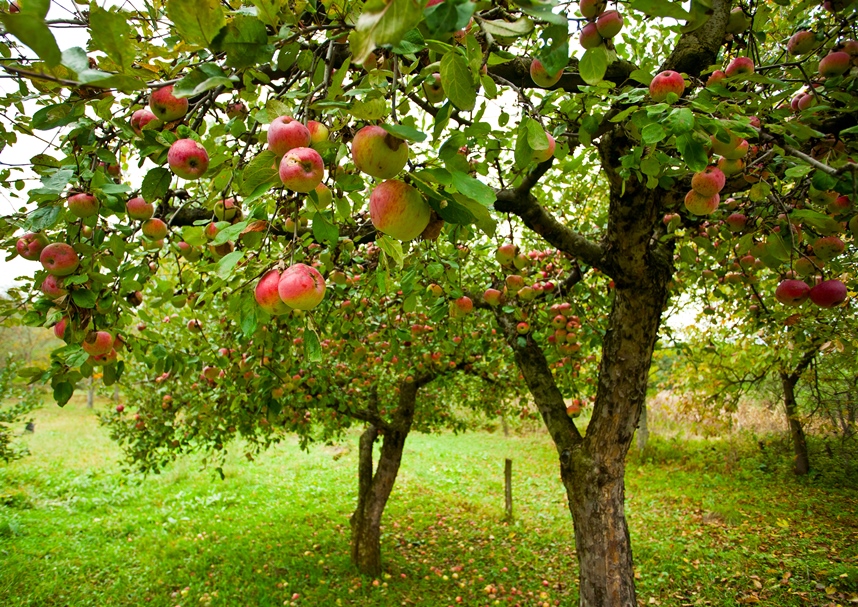More apples are consumed worldwide than any other temperate-zone tree fruit. Apples are eaten fresh, processed into jellies and preserves, cooked in pies and pastries, and made into sauces. Therefore, the cultivation of the trees (genus Malus) that produce the many varieties of apple fruits is a tremendously important agricultural industry. One of the most productive areas for apple production is North America, particularly in the United States (including New York, Pennsylvania, Ohio, Virginia, and North Carolina in the eastern half of the country and Washington, Oregon, and Idaho in the western half) and in Ontario and British Columbia in Canada. However, apple producers in these regions are noticing an increase in the number of orchard trees (especially young trees) that are dying or suffering plant tissue damage and necrosis in their lower trunks. See also: Agricultural science (plant); Apple; Fruit; Fruit, tree; Horticultural crops; Plant pathology

The pathological condition affecting the apple trees is called sudden apple decline (SAD) or rapid apple decline (RAD). The onset of SAD is very abrupt (sometimes within two weeks), causing damage to the lower parts of the trunk. This damage includes dead tissue (primarily in the cambium and phloem), cankers, and tree cracks, leading to weakening or even total collapse of the tree. In all cases of SAD, the most seriously affected areas of the lower trunk are located at the site of the graft union. In terms of plant propagation, a graft union is formed when grafting a scion (a section of a plant, usually a fruit-bearing stem or bud) to a rootstock (a root or part of a root used as the stock for grafting because of its hardiness). Most notably, the trees most susceptible to problems in their graft-union tissue have been young dwarf trees (2 to 8 years in age) grown in orchards. In some orchards, up to 80% of the trees have suffered symptoms of SAD, with whole rows of trees collapsing to the ground. See also: Physiological ecology (plant); Plant breeding; Plant propagation; Plant tissue systems
The cause or causes of SAD are unknown. Plant pathologists initially focused their attention on winter injury due to early freezes. Because graft-union tissue is the last tree tissue to go dormant, the graft area is particularly sensitive and vulnerable to extremely cold freezes occurring in autumn. Although these types of freezes are becoming more frequent in many areas of North America (a situation attributed in part to global climate change), symptoms of SAD have been observed in locations that did not experience any severe or early winters. Thus, scientists have sought to examine various additional factors, including herbicide exposure, pests (which are able to invade plant tissues due to the weakened state of affected trees), fire blight (an infectious disease caused by the bacterium Erwinia amylovora), apple virus pathogens, and drought stress (especially in cases where extremely cold winters are followed by drought conditions). Modern-day agricultural and farming practices may also be to blame. For example, densely packed apple orchards (which are becoming more commonplace for economic reasons) are most prone to SAD, probably because trees in these orchards must compete for limited resources. Until a definitive culprit (or culprits) can be identified, though, apple growers need to be extra attentive to their orchards. See also: Cold hardiness (plant); Dormancy; Drought; Global climate change; Herbicide; Pathogen; Virus





